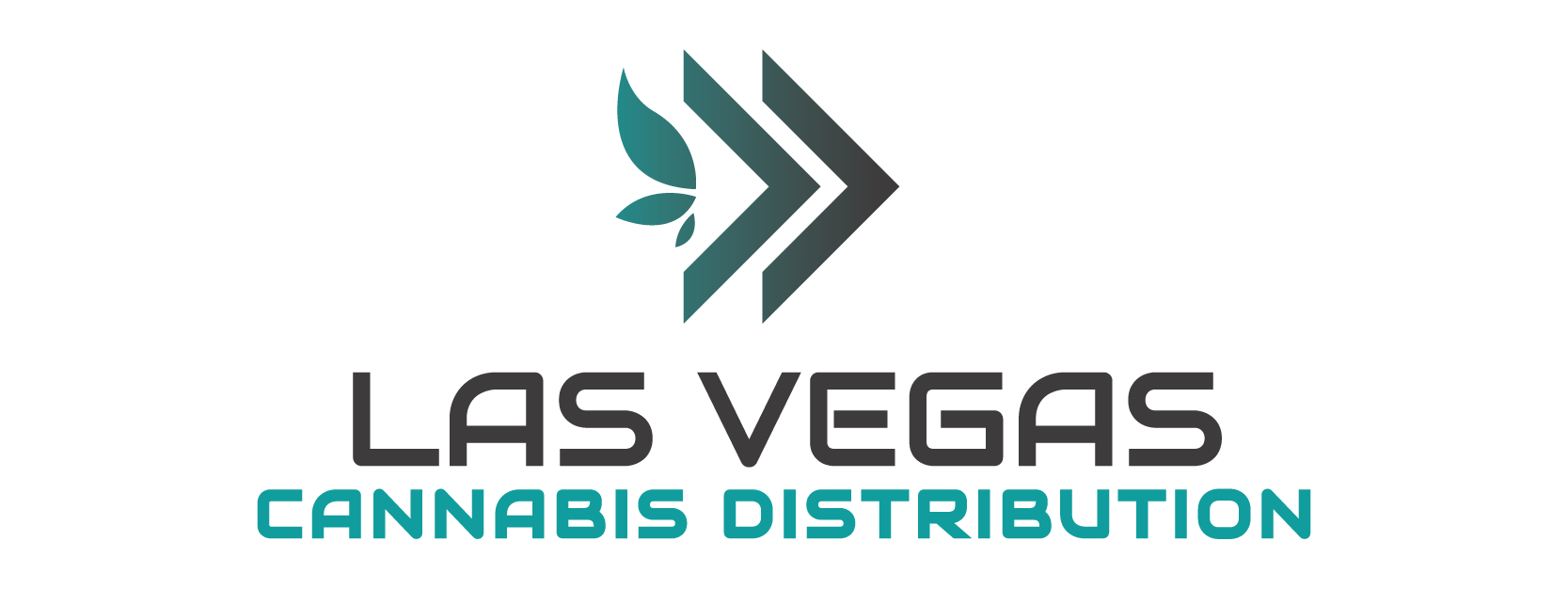Las Vegas occupies a unique position in the national recreational cannabis market. The city’s thriving tourism industry — approximately 40 million visitors per year — underpins a strong demand, yet wholesale pricing remains unusually elevated. This has powerful ripple effects throughout the local business ecosystem, influencing margins, tax burdens, and competitive positioning.
Wholesale Price Levels: High by Regional Standards
Data compiled by the UNLV Cannabis Policy Institute indicates that average wholesale prices in Nevada—particularly for greenhouse-grown flower—hover around $1,200 per pound, while indoor-grown product can command $1,700 or more per pound. MJBizDaily reported midgrade flower wholesale at roughly $1,800–$2,200 per pound, with top-shelf reaching $2,400–$3,600. These numbers considerably exceed those in neighboring states like California, Oregon, and Washington, where wholesale prices trend between $600–$800 per pound. The disparity is partly due to Nevada’s ban on outdoor cultivation and dominance of costlier indoor/greenhouse grows.
Taxation: Squeezing Margins
Nevada levies a 15% wholesale excise tax based on fair market value (FMV), calculated biannually. However, FMV figures frequently lag actual market prices, and in many cases exceed them, causing effective tax rates to reach 25–30%. Additionally, recreational retail is hit with another 10% excise tax and Clark County’s combined 8.375% sales tax. This multi-layered tax structure raises final retail prices significantly and compresses margins for growers, processors, and retailers.
Supply Dynamics and Price Trends
Since legalization in 2017, Las Vegas saw supply shortages—amid high demand—translate into premium wholesale pricing. Over time, expansion in cultivation and processing infrastructures has pushed midgrade wholesale prices down from highs around $2,800 to approximately $1,800–$2,200. However, high indoor production costs, strict testing requirements, and limited license numbers continue to support elevated cost floors. In contrast, nearby tribal outdoor growers are offering wholesale flower for $900–$1,100 per pound, placing competitive pressure on Nevada operators.
Economic Impacts for Business Participants
Growers & Processors: Must cover high cultivation costs and tax burdens before yielding profits, placing downward pressure on small or craft operators. Many must achieve economies of scale or niche premium branding strategies. Retailers: Face high wholesale input prices and must factor in excise and sales taxes, forcing final retail prices upward. While tourist demand allows some margin room, Vegas consumers still push toward deals. Consumers: End prices often range from $16 per gram to $23 per 1/8 oz, with higher rates for specialty products. As discounts proliferate, retailers must optimize product sourcing and pricing strategies.
Future Outlook: Toward Efficiency and Competitive Pressure
Increasing cultivation capacity, potential for interstate commerce, and integration with lower-cost Western suppliers may drive further price declines. However, growers warn that FMV-based taxes lagging market prices risk squeezing operations to the brink. Legislative adjustments toward taxing based on true wholesale sale prices could improve business viability.
In Summary
In Las Vegas, wholesale cannabis pricing remains significantly higher than elsewhere due to cultivation constraints, tax policies, and intense regulatory overhead. These elevated costs permeate every level of the supply chain, squeezing margins and raising final prices for consumers. As supply builds and potential regulatory changes unfold, businesses face both promise and uncertainty. Adapting—through scale, efficiency, branding, and advocacy—will be key for sustaining competitive operations in Sin City’s dynamic cannabis economy.

